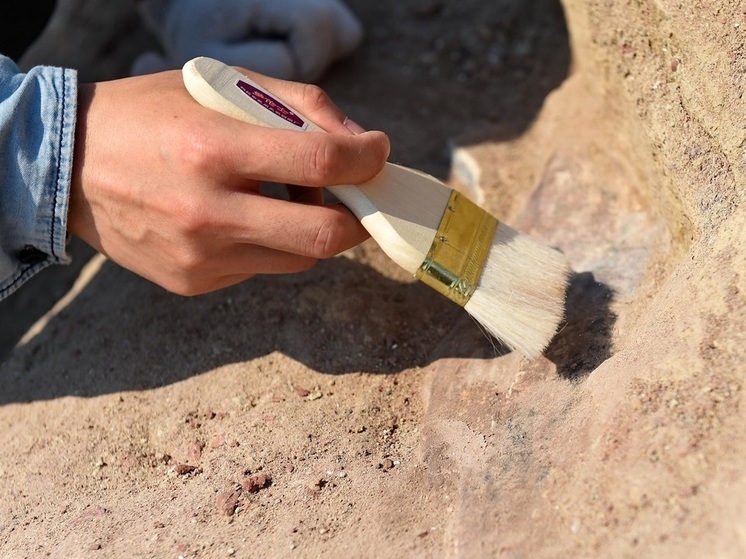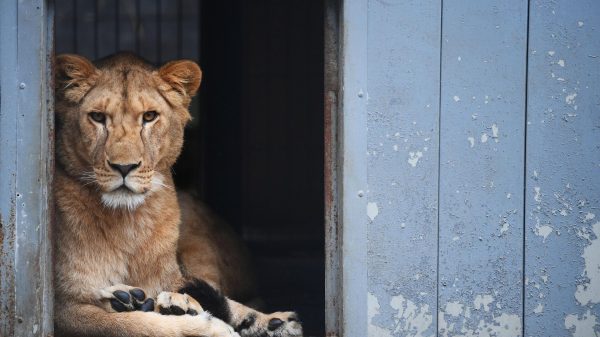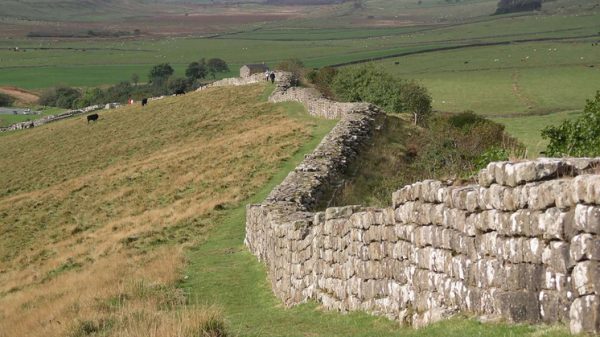The super-reptile was 15 meters long: longer than a tyrannosaurus
Fossil remains of “the largest snake that has ever existed in the world” were found in Western India. Scientists estimate that the reptile Vasuki indicus reached 15 meters in length, weighed a ton and could squeeze its prey.

Fossil vertebrae discovered in a mine in western India represent the remains of one of the largest snakes in the world. or living on earth, a monster whose length is estimated at 15 meters — more than that of a tyrannosaurus, writes The Guardian.
Scientists recovered 27 snake vertebrae from the fossils, some of which are still in the same position as they were during the reptile's life. They said the snake, which they named Vasuki indicus, looked like a large python and was not venomous.
The brown coal mine where the fossil was found is at Panandro, in the western state of Gujarat.
The brown coal mine where the fossil was found is located at Panandro, in the western state of Gujarat.
“Given its large size, Vasuki indicus was a slow-moving predator that attacked from ambush and, like the anaconda and python, subdued its prey by squeezing it in its arms. This snake lived in a waterlogged swamp near the coast at a time when global temperatures were higher than today, says Debajit Dutta, a postdoctoral researcher in paleontology at the Indian Institute of Technology Roorkee and lead author of the study published in the journal Scientific Reports on Thursday. .
Due to the incompleteness of the remains of Vasuki indicus, researchers have suggested that their total length is 11-15 meters and their weight is 1 ton.
The reptile Vasuki indicus, named after the king of snakes associated with the Hindu deity Shiva, rivals in size another huge prehistoric snake called Titanoboa, whose fossils were discovered in a coal mine in northern Colombia in 2009. Titanoboa, which is estimated to be 13 meters long and weighs more than 1 ton, lived 58-60 million years ago. Today, the largest living snake is the reticulated python of Asia, 10 meters long, notes The Guardian.
“Vasuki's estimated body length is comparable to that of Titanoboa, although Titanoboa's vertebrae are slightly larger than Vasuki's. However, at the moment, we cannot say whether Vasuki was more massive or slender compared to Titanoboa,” said Sunil Bajpai, paleontologist, professor at the University of Roorkee and co-author of the study.
These huge snakes lived during the Cenozoic era , which began after the age of dinosaurs ended 66 million years ago.
The largest vertebra of Vasuki indicus was about 11 cm wide. The snake appears to have had a broad, cylindrical body, perhaps around 44cm wide. The skull was not found.
“Vasuki was a majestic animal," said Dutta. “It is quite possible that he was a gentle giant, resting his head most of the day on the high porch formed by the curve of his massive body, or moving slowly through the swamp like an endless train.”
Researchers are not sure what kind of prey the Wasuki ate, but given its size, it could have been crocodiles. Other fossils found in the area included crocodiles and turtles, as well as fish and two primitive whales, Kutchicetus and Andrewsithius.
Wasuki was a member of the madtsoiidae family of snakes, which appeared approximately 90 million years ago but became extinct about 12,000 years ago. According to Bajpai, these snakes spread from India through southern Eurasia and northern Africa after the collision of the Indian subcontinent with Eurasia about 50 million years ago.
It was the dominant family of snakes in the late stages of the era of dinosaurs and in the early Cenozoic until their diversity has not declined, he added.
“Snakes are amazing creatures that often amaze us with their size, agility and lethality,”, Dutta said. “People are afraid of them because some snakes are poisonous and their bite can be fatal. But snakes may attack people out of fear rather than with the intent to attack. I believe that snakes, like most animals, are peaceful creatures and an important component of our ecosystem.




















































Свежие комментарии